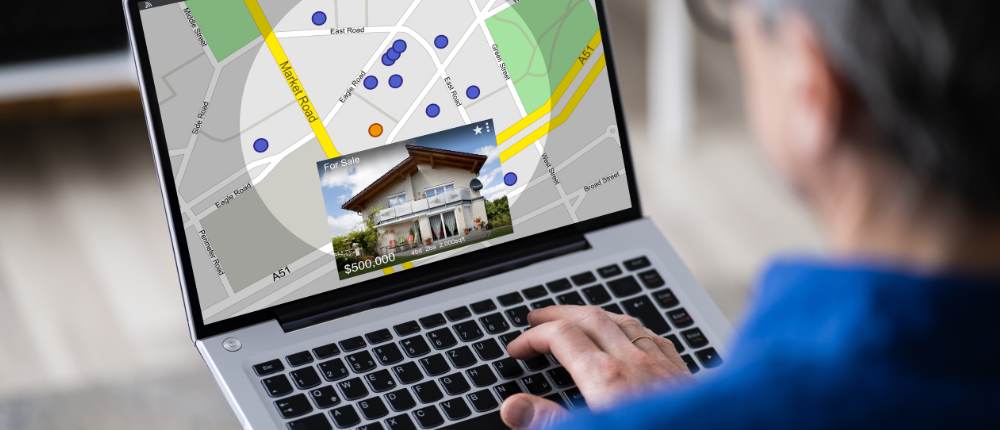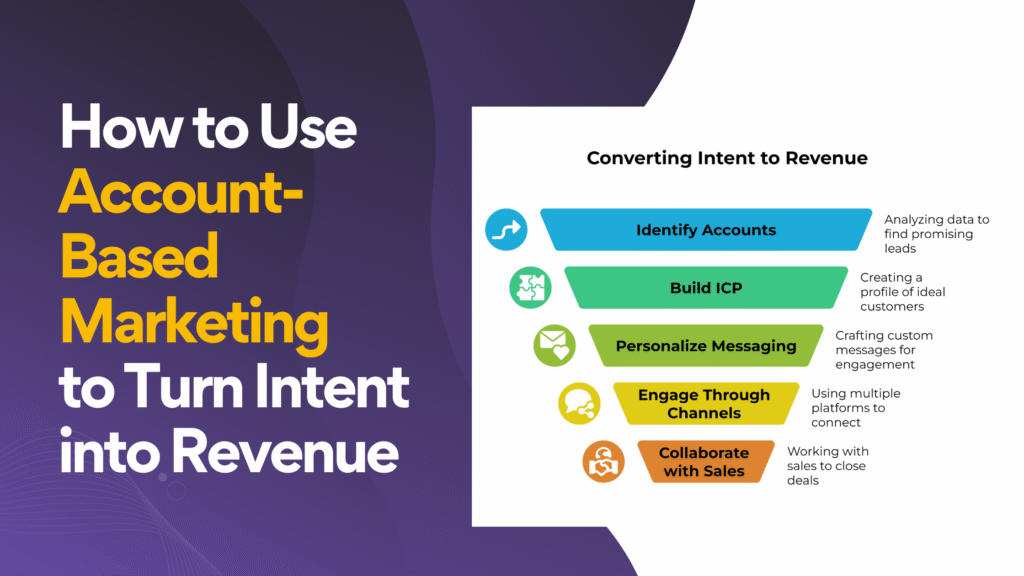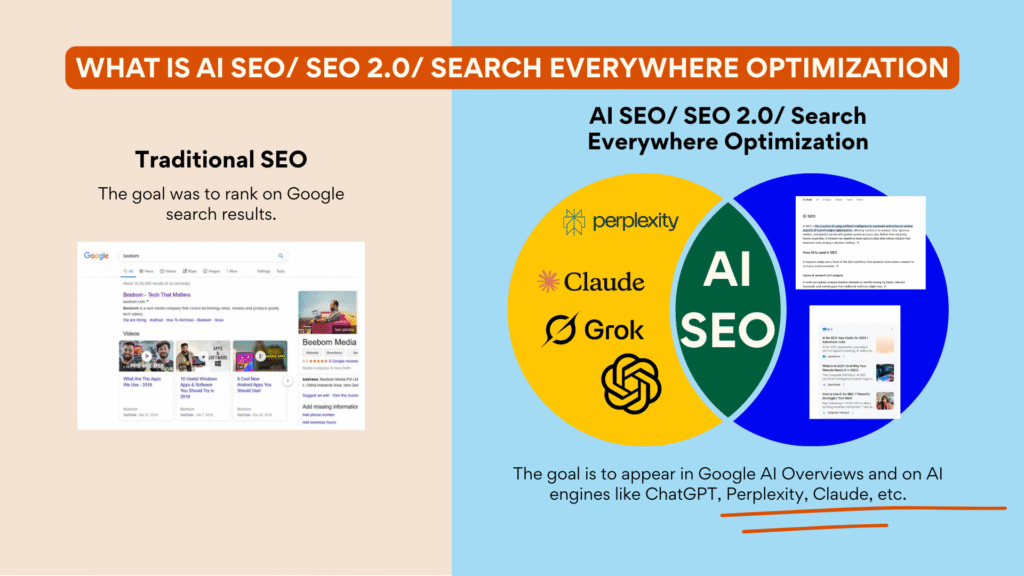How to Search About an Image: A Comprehensive Guide
In today’s visually-driven digital landscape, understanding how to search about an image has become an essential skill for content creators, marketers, and everyday users alike. With the increasing importance of visuals in communication, knowing how to effectively find, analyze, and utilize images can significantly enhance your online presence and improve your search engine optimization (SEO) strategies.
This comprehensive guide will explore various methods and tools for searching about an image, the importance of image optimization, and how these practices can help you succeed in your digital endeavors.
 The Importance of Learning How to Search About an Image
The Importance of Learning How to Search About an Image
Images are powerful tools in conveying messages and emotions. They can attract attention, enhance storytelling, and improve user engagement on websites and social media platforms. Therefore, learning how to search about an image is crucial for several reasons:
- Enhanced Content Quality: By knowing how to search about an image, you can find high-quality visuals that complement your content, making it more engaging and informative.
- Improved SEO: Images play a significant role in SEO. Understanding how to search for relevant images and optimize them can boost your website’s visibility and ranking on search engines.
- Competitor Analysis: Searching about images can help you analyze your competitors’ visual content strategies, allowing you to identify trends and areas for improvement.
- Creative Inspiration: Knowing how to search for images can spark creativity by exposing you to new ideas, styles, and concepts.
 Methods for Searching About an Image
Methods for Searching About an Image
There are various ways to search about an image, each with its unique advantages. Here are some of the most effective methods:
1. Google Reverse Image Search
One of the most powerful tools for searching about an image is Google Reverse Image Search. This feature allows you to upload an image or provide a URL to find where it appears online and discover similar images. Here’s how to use it:
- Step 1: Go to the Google Images page.
- Step 2: Click on the camera icon in the search bar.
- Step 3: Upload an image or paste the image URL.
- Step 4: Click “Search” to view the results.
Using Google Reverse Image Search can help you verify the source of an image, find higher resolution versions, or identify how others are using the same visual.
2. Utilizing Image Metadata
When searching about an image, examining its metadata can provide valuable information. Metadata includes details such as the image’s title, description, copyright, and creation date. To access metadata, you can:
- Right-click on the image and select “Properties” or “Get Info” (depending on your operating system).
- Use online tools or software designed to extract metadata from images.
By analyzing metadata, you can better understand the context of an image and its relevance to your content.
3. Image Search Engines
In addition to Google, several other image search engines can help you search about an image more effectively. Some popular options include:
- Bing Images: Similar to Google, Bing offers a robust image search feature that allows you to find images based on keywords or reverse image search.
- TinEye: This specialized reverse image search engine focuses solely on finding where an image appears online and identifying similar images.
- Pinterest: Known for its visually-driven content, Pinterest allows you to search for images using keywords and offers related visual suggestions.
Each platform has unique features that can enhance your ability to search about an image effectively.
4. Social Media Platforms
Social media is an increasingly popular medium for image sharing. Learning how to search about an image on platforms like Instagram, Facebook, and Twitter can yield valuable insights. Here’s how:
- Hashtags: Search using relevant hashtags to discover images related to your topic of interest.
- Visual Search: Some platforms, like Pinterest, offer visual search features that allow you to find similar images based on an existing one.
Social media platforms can be excellent sources for trendy visuals, user-generated content, and creative inspiration.
5. Stock Photo Websites
If you’re looking for high-quality images to use in your content, stock photo websites can be incredibly useful. Websites like Unsplash, Shutterstock, and Getty Images allow you to search about an image using keywords and provide a vast library of professional visuals. When using stock photos, remember to check the licensing agreements to ensure proper usage.
 Optimizing Images for Search
Optimizing Images for Search
Once you’ve learned how to search about an image, the next step is optimizing it for better visibility in search engines. Here are key strategies to consider:
1. Use Descriptive File Names
When saving an image, use descriptive file names that reflect the content of the image. Instead of a generic name like “image1.jpg,” use something like “how-to-search-about-an-image.jpg.” This practice helps search engines understand the image content and improves SEO.
2. Implement Alt Text
Alt text (alternative text) is essential for accessibility and SEO. It describes the image’s content to search engines and assists visually impaired users. Ensure your alt text is concise, descriptive, and includes relevant keywords where appropriate.
3. Optimize Image Size
Large image files can slow down your website, negatively impacting user experience and SEO rankings. Compress images using tools like TinyPNG or ImageOptim to reduce file size without sacrificing quality. Aim for a balance between quality and performance to enhance loading times.
4. Create an Image Sitemap
An image sitemap helps search engines discover and index your images more effectively. Including images in your XML sitemap ensures that search engines can crawl and understand the visual content on your site.
5. Leverage Structured Data
Using structured data markup can enhance how your images appear in search results. Implement schema.org markup for images to provide additional context to search engines, increasing the chances of appearing in rich snippets and image search results.
 The Future of Image Search
The Future of Image Search
As technology continues to evolve, the landscape of image search will undoubtedly change. Emerging technologies, such as artificial intelligence (AI) and machine learning, are making it easier for search engines to analyze and understand images. As a result, optimizing images for search will require a more holistic approach, focusing not only on technical optimization but also on the emotional and contextual relevance of visuals.
Experience seamless growth with our Fully Managed SEO Services and optimize your digital marketing success with a free SEO consultation. Learn more at Fully Managed SEO Services and schedule your strategy session at Free SEO Consultation.
Conclusion
Learning how to search about an image is an invaluable skill in today’s digital world. By utilizing various methods, such as Google Reverse Image Search, image metadata analysis, and social media exploration, you can effectively find and understand images relevant to your content.
Moreover, optimizing images for SEO through descriptive file names, alt text, and structured data can significantly enhance your online presence and improve search engine rankings. By incorporating these practices, you can create compelling visual content that engages users and boosts your digital marketing efforts.
In a world where visuals are paramount, mastering the art of searching about an image will undoubtedly provide you with a competitive edge.
 WhatsApp Now
WhatsApp Now
 +(91) 8700778618
+(91) 8700778618



